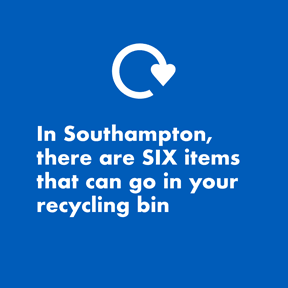How is my Council Tax calculated?
The amount of Council Tax you pay is dependent on three main factors.
1. The tax set by the council, fire and rescue service and police force
Council Tax helps pay for council services, such as:
- Education
- Fire and police services
- Roads
- Libraries
- Bin collection
The council produce a spending plan each year which is used to determine how much Council Tax residents need to pay to ensure citywide services continue.
If you want to find out more about how the Council Tax payment is broken down, a guide to Council Tax and Business Rates is available. Hampshire Fire and Rescue and Hampshire Constabulary information is also available.
Find out more about how much we spend.
Social Care ‘Precept’
The Government allows councils to implement up to an additional one percent increase in Council Tax specifically to fund Social Care pressures (Social Care ‘Precept’).
This two percent increase can be in addition to any Council Tax rise planned within the current referendum framework which allows Council Tax to be increased by up to three percent.”
2. The valuation band that your home has been placed in
All homes are given a Council Tax valuation band by the Valuation Office Agency. The band is based on the value of your home on 1 April 1991.
A different amount of Council Tax is charged on each band.
Each local authority keeps a list of all the domestic property in its area, together with its valuation band. This is called the valuation list.
Find out more about Council Tax bands.
3. Whether you are entitled to any help toward your bill
Not everyone will have to pay the full amount of Council Tax. There are three ways in which your Council Tax bill may be reduced.
These are:
- The reduction scheme for disabled people
- Discounts
- Council Tax reduction and Second Adult Rebate
Find out more about Council Tax discounts and exemptions.


